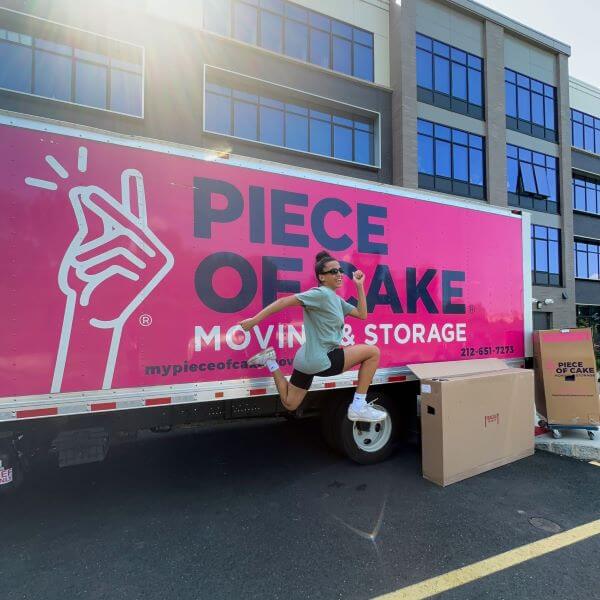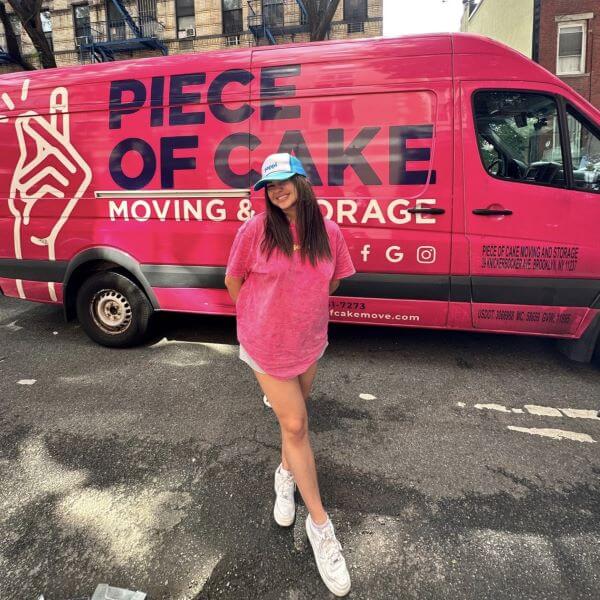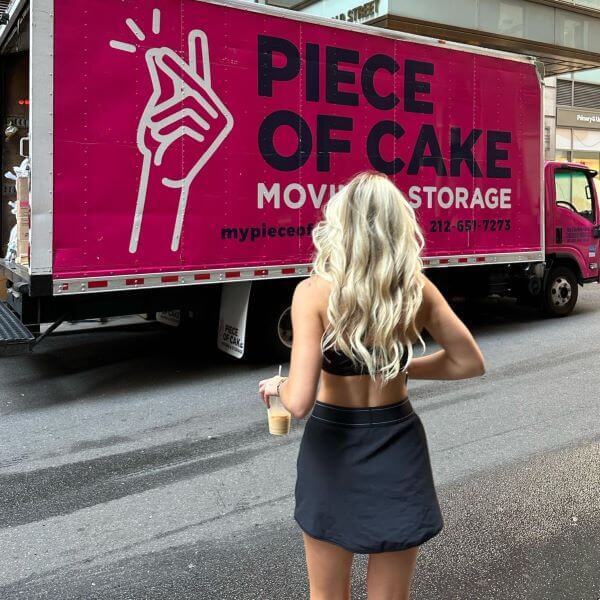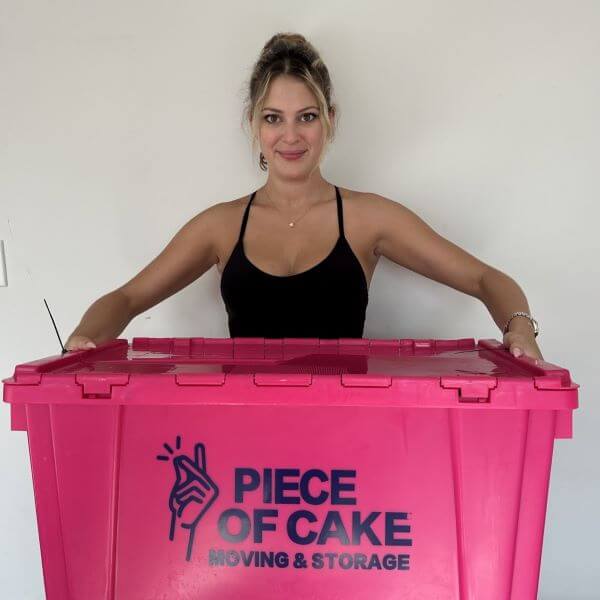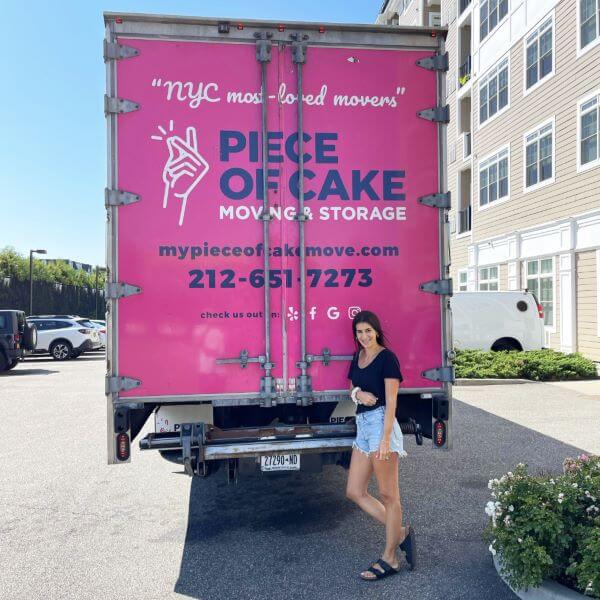How to expertly pack art when moving

Moving can be stressful, especially when it involves transporting valuable and delicate items like art. Whether you’re a collector, an artist, or someone who cherishes art pieces, ensuring its safety during a move is crucial.
Here’s a step-by-step guide to walk you through how to expertly pack your art for a move and what to consider.
1. Gather Necessary Materials
Firstly, start by gathering all the necessary packing materials. This includes sturdy boxes that closely match the size of your artwork, bubble wrap and foam board for cushioning, high-quality packing tape, corner protectors for framed pieces, glassine paper to protect the surface of your artwork from moisture and fingerprints, and markers and labels for clear marking.
Necessary materials checklist:
- Sturdy boxes
- Bubble wrap and foam board
- Packing tape
- Corner protectors
- Glassine paper
- Markers and labels
2. Prepare and Bubble Wrap the Artwork
The preparation of artwork is a critical step. Begin by gently cleaning the surface to remove any dust. Wrap the art in glassine paper to safeguard it against moisture and fingerprints. For framed art, use corner protectors to protect the corners. After that, wrap the artwork in bubble wrap, ensuring the bubbly side is facing out to avoid leaving impressions on the art surface. Secure it with tape but be cautious to avoid placing tape directly on the artwork or frame. For additional protection, sandwich the bubble-wrapped art between two pieces of foam board and secure them together with tape.
- Clean the surface of the artwork gently to remove any dust.
- Wrap the artwork in glassine paper to protect against moisture and fingerprints.
- Use corner protectors for framed art to safeguard the corners.
- Wrap the artwork in bubble wrap. Ensure the bubbly side is facing out to avoid impressions on the art surface.
- Add an extra layer of protection by sandwiching the bubble-wrapped art between two pieces of foam board, then tape them together.
3. Boxing and Labeling
When boxing up your art, select a box that allows the artwork to fit snugly inside without too much extra space. Place extra bubble wrap at the bottom of the box for added cushioning. Once the artwork is inside, fill any gaps with packing paper or additional bubble wrap to prevent movement. Seal the box securely with packing tape and clearly label it with “Fragile,” “Artwork,” and “This Side Up” indicators. It’s also helpful to include handling instructions if you’re using movers.
- Choose an appropriately sized box that the artwork can fit snugly inside without too much extra space.
- Layer the bottom of the box with extra bubble wrap for additional cushioning.
- Clearly label the box with “Fragile,” “Artwork,” and “This Side Up” indicators.
- Include handling instructions where possible.
4. Loading and Transportation
During loading and transportation, load the art last so it can be offloaded first to minimize unnecessary handling. Keep the artwork upright and secure it to prevent it from shifting during transport. Once you arrive, unpack the artwork first to check for any damage. Prolonged packing can lead to issues like condensation or damage, especially if it has been subjected to temperature changes.
- Load artwork last so it can be offloaded first and minimize handling.
- Keep the artwork upright and secure it to prevent shifting during transport.
- Unpack artwork first upon arrival to check for any damage.
5. Additional Considerations
When packing art for a move, it’s crucial to consider not just the immediate packing but also the broader context of the artwork’s type, material, and future conditions. Different art forms, whether oil paintings, delicate sculptures, or mixed media, demand tailored packing plans. Oil paintings, for example, need ventilation and should not be wrapped in plastic. The sensitivity of art to climate variations is another key aspect.
Here are additional considerations to keep in mind as you prepare to pack and move your art:
- Climate Control
If you’re moving in extreme weather conditions, like very hot and humid environments or drastic changes in temperature, consider the impact of this on your artwork. Climate-controlled transportation may be necessary for sensitive and valuable paintings or pieces.
- Insurance for High-Value Items
For expensive or irreplaceable art, consider purchasing additional moving insurance. This offers peace of mind and protection.
- Hire Professional Movers
If you’re unsure or if your art is particularly valuable or irreplaceable, it might be worth hiring a professional moving company specializing in art handling. They have the expertise and equipment to handle valuable pieces safely.
While moving your art requires planning and careful execution, you don’t have to navigate this process alone. Piece of Cake Moving and Storage offers expert services tailored to the unique needs for your valued art pieces. Our team handles art with the utmost trust and care, ensuring that each piece is treated with gentle handling and attention. Whether you’re relocating a single cherished painting or an entire collection, we understand the importance of your art and are dedicated to delivering it safely to its new home.
For a professional move that gives you peace of mind and assurance about your valuable art pieces, reach out to Piece of Cake Moving and Storage. Let us make your move seamless and stress-free.
Ready to make a move? Get in touch today for an obligation-free guaranteed flat price moving quote.
Related articles
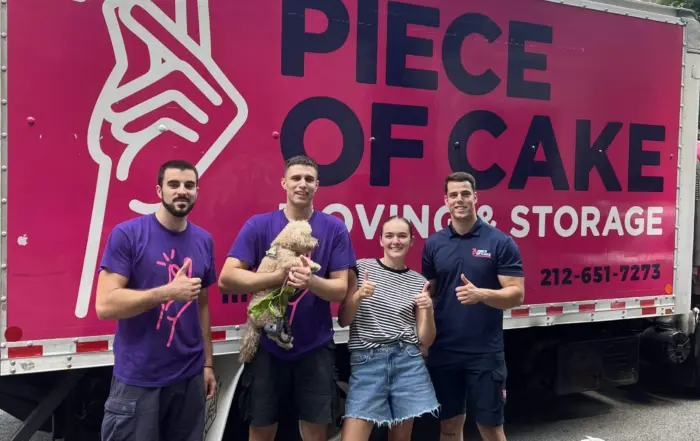
Average Moving Cost in Connecticut: Factors that Affect Moving Prices
Learn More
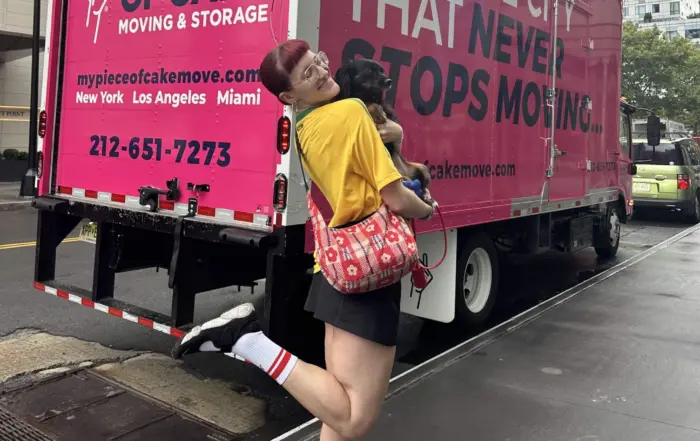
9 Tips for Moving to a Building with no Elevator
Learn More
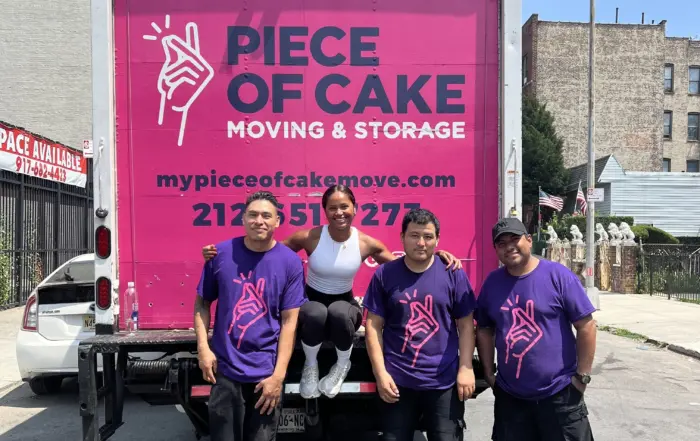
How to Get Rid of a Couch in 8 Easy Ways
Learn More
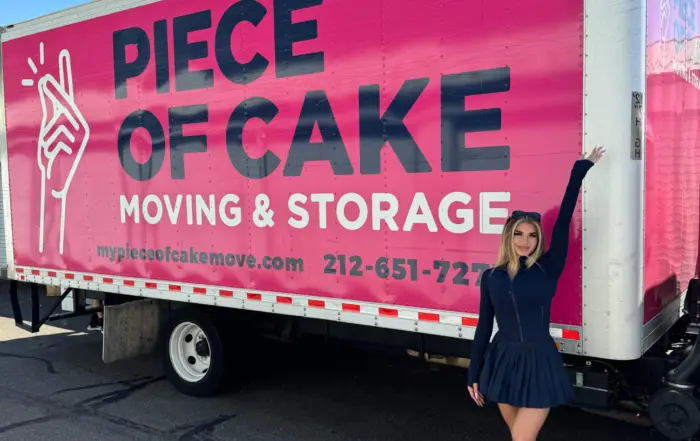
Average Moving Costs in NJ: Factors that Affect Moving Prices
Learn More








